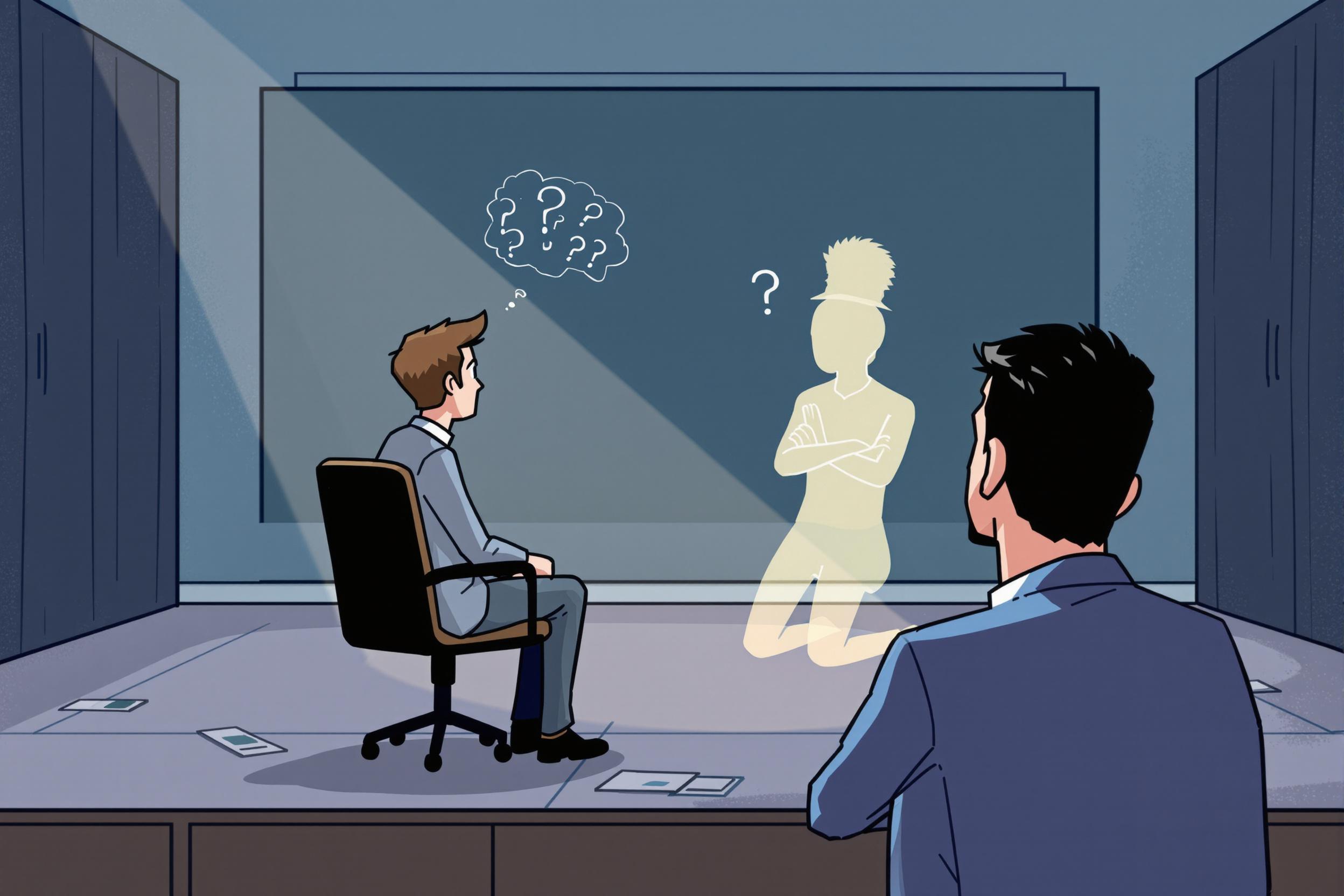
Blast Chilling
Blast chilling is a professional food preparation method used in restaurants and food service to quickly and safely cool cooked foods. It's like a super-powered cooling process that brings hot food to safe storage temperatures much faster than regular refrigeration. This technique is important in commercial kitchens because it helps prevent bacteria growth, maintains food quality, and follows food safety regulations. Chefs use blast chillers, which are special high-powered cooling units, different from regular refrigerators. This process is especially common in high-end restaurants, catering companies, and industrial kitchens where large amounts of food need to be prepared in advance.
Examples in Resumes
Implemented Blast Chilling procedures to improve food safety and extend shelf life in hotel kitchen operations
Trained staff on proper Blast Chilling and Shock Freezing techniques for catering events
Managed Blast Chiller operations for a 200-seat restaurant, ensuring HACCP compliance
Typical job title: "Chefs"
Also try searching for:
Where to Find Chefs
Professional Associations
Online Communities
Job Resources
Example Interview Questions
Senior Level Questions
Q: How would you implement a blast chilling program in a large-scale kitchen operation?
Expected Answer: A senior chef should discuss creating standard operating procedures, training staff, maintaining temperature logs, ensuring HACCP compliance, and coordinating timing between cooking and chilling operations.
Q: How do you determine appropriate blast chilling times for different types of food?
Expected Answer: Should explain how food density, portion size, and composition affect chilling times, and demonstrate knowledge of safe temperature zones and health code requirements.
Mid Level Questions
Q: What are the key differences between blast chilling and regular refrigeration?
Expected Answer: Should explain how blast chilling rapidly cools food through the danger zone (135°F to 41°F), preserves food quality better than regular cooling, and prevents bacterial growth.
Q: What safety measures do you follow when using blast chillers?
Expected Answer: Should discuss proper food spacing, temperature monitoring, cleaning procedures, and maintaining temperature logs.
Junior Level Questions
Q: What is the purpose of blast chilling?
Expected Answer: Should explain that blast chilling quickly cools food to safe temperatures to prevent bacterial growth and maintain food quality.
Q: How do you properly load a blast chiller?
Expected Answer: Should describe basic loading procedures like not overloading, proper spacing of items, and using appropriate containers.
Experience Level Indicators
Junior (0-2 years)
- Basic blast chiller operation
- Temperature monitoring
- Food safety basics
- Proper food storage techniques
Mid (2-5 years)
- HACCP compliance
- Staff training on blast chilling
- Menu planning with blast chilling
- Quality control procedures
Senior (5+ years)
- Kitchen operation optimization
- Food safety program management
- Equipment procurement
- Process improvement implementation
Red Flags to Watch For
- No knowledge of basic food safety temperatures
- Unfamiliarity with HACCP principles
- Lack of experience with commercial kitchen equipment
- Poor understanding of food danger zones
Need more hiring wisdom? Check these out...

Supercharge Your Candidate Screening: 7 Unorthodox Ways to Hire Faster Without Breaking a Sweat

Ghostbusting in Recruitment: How to Keep Candidates Engaged

Ghosted Again? How to Stop Candidates from Disappearing and Start Engaging Them Better

